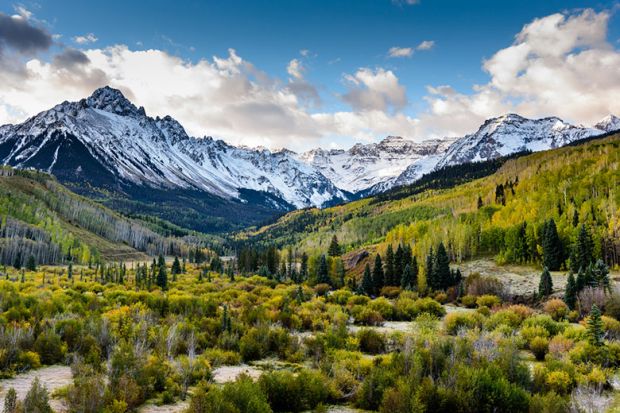John Tyndall’s life story is perhaps the most fascinatingly diverse I have ever read. He was born in Ireland on 2 August, in either 1820 or 1822. He became famous first as a scientist and lecturer, then as a mountaineer and finally as a public intellectual and controversialist. Each of these interpenetrating careers would justify Roland Jackson’s excellent biography, the first in 70 years. Yet nothing about Tyndall was as unusual as his route into science.
He learned mathematics and surveying from a gifted schoolteacher. Joining the Ordnance Survey of Ireland led to work in England, in the railway industry. In 1847, he became a teacher of maths at the new Queenwood College, Hampshire, one of the first schools in England to teach practical science. There, he met chemist Edward Frankland, whom he followed in 1848 to the University of Marburg, in Germany, where he studied maths and then enrolled directly for a PhD under physicist Hermann Knoblauch. The research was on the hot topic of diamagnetism, the weak repulsion of substances by a magnetic pole, recently discovered by Michael Faraday. Tyndall showed himself to be a gifted experimentalist, receiving his degree in 1850, and his career never looked back.
Soon, he was lecturing on physical science subjects at places such as the London Institution, the School of Mines and the Royal Institution. Faraday became a supporter and Tyndall succeeded him as RI superintendent in 1867. His book Heat became so famous that Tolstoy depicts Konstantin Levin, a central character in Anna Karenina, reading it.
After diamagnetism, Tyndall made other important contributions to science. Using his brilliant design of a differential calorimeter, he showed that water vapour and carbon dioxide both absorb heat much more strongly than oxygen and nitrogen, thus providing the basis for understanding the “greenhouse effect”. His studies of light scattering provided an insight into why the sky is blue and gave rise to the “Tyndall effect”, created by colloids and other fine dispersions in liquids.
In 1856, an interest in how slate cleaves led Tyndall to the Swiss Alps. Inspired by his lifelong friend Thomas Henry Huxley, he became fascinated by glaciers and published widely on how their structure of distinct bands arises and evolves. His greatest success as a climber was the first ascent of the Weisshorn, the fifth highest Alpine peak. In 1865, he tried unsuccessfully to find the body of Lord Francis Douglas, who had fallen to his death on the descent from the first successful climb of the Matterhorn. Arguments with fellow scientists such as William Thomson (later Lord Kelvin) were to be expected, but he also had fierce debates with politicians (Joseph Chamberlain on lighthouses, W. E. Gladstone on more or less everything) and John Ruskin. His 1874 British Association Presidential Lecture in Belfast, where he sought to define the boundaries between science and religion, offended very many believers. He nevertheless seems to have had congenial relationships with many male and as many female friends. In his mid-fifties, he married Louisa Hamilton, who was 30.
Tyndall died in 1893 of an overdose of chloral accidentally administered by Louisa. His life is well recorded in this long, sympathetic and always readable volume.
Richard Joyner is emeritus professor of chemistry at Nottingham Trent University.
The Ascent of John Tyndall: Victorian Scientist, Mountaineer, and Public Intellectual
By Roland Jackson
Oxford University Press
576pp, £25.00
ISBN 9780198788959
Published 22 March 2018
POSTSCRIPT:
Print headline: A life lived at altitude
Register to continue
Why register?
- Registration is free and only takes a moment
- Once registered, you can read 3 articles a month
- Sign up for our newsletter
Subscribe
Or subscribe for unlimited access to:
- Unlimited access to news, views, insights & reviews
- Digital editions
- Digital access to THE’s university and college rankings analysis
Already registered or a current subscriber? Login






